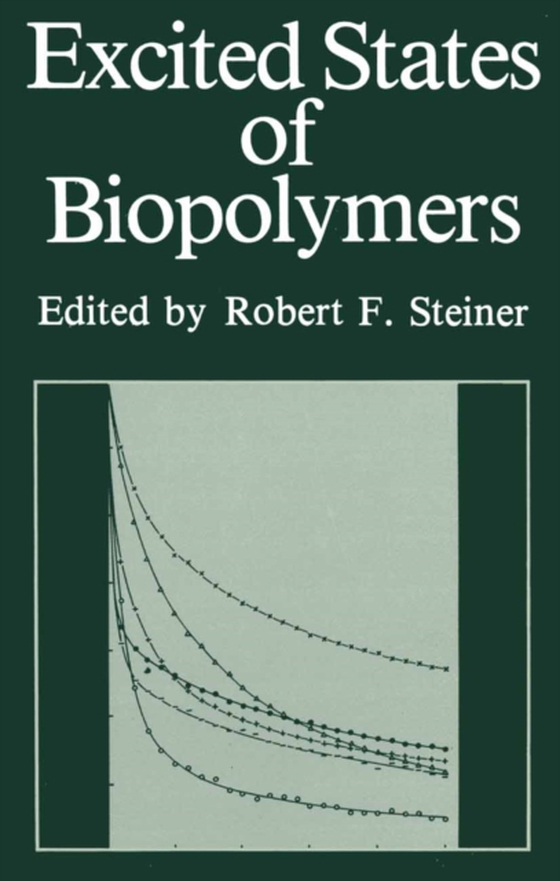
Excited States of Biopolymers e-bog
436,85 DKK
(inkl. moms 546,06 DKK)
During the past decade, fluorescence techniques have come to occupy a position of central importance in biochemistry. Such areas as laser techniques, radiation- less energy transfer, and nanosecond fluorometry have evolved from esoteric research specialties into standard procedures that are applied routinely to bio- chemical problems. Indeed, discussion of the above three areas occupies the gre...
E-bog
436,85 DKK
Forlag
Springer
Udgivet
6 december 2012
Genrer
Interdisciplinary studies
Sprog
English
Format
pdf
Beskyttelse
LCP
ISBN
9781461593348
During the past decade, fluorescence techniques have come to occupy a position of central importance in biochemistry. Such areas as laser techniques, radiation- less energy transfer, and nanosecond fluorometry have evolved from esoteric research specialties into standard procedures that are applied routinely to bio- chemical problems. Indeed, discussion of the above three areas occupies the greater part of this book. Its level and approach are appropriate for the bio- logical or physical scientist who is interested in applying fluorescence techniques, but is not necessarily an expert in this area. The coverage of the literature has, in general, been selective rather than exhaustive. It is likely that what is summarized here will prove resistant to the erosion of time and provide a basis for the future evolution of this rapidly developing area of science. Robert F. Steiner Catonsville, Maryland vii Contents Chapter 1 Some Principles Governing the Luminescence of Organic Molecules R. M Hochstrasser 1. Introduction . . . . . . . . . . . . . . . . . . . . . . . . . . . . . . . . . . . . . . . . . . . 1 2. Spontaneous Emission . . . . . . . . . . . . . . . . . . . . . . . . . . . . . . . . . . . . 2 2. 1. General Considerations . . . . . . . . . . . . . . . . . . . . . . . . . . . . . . . . 2 2. 2. Luminescence from Nearby States . . . . . . . . . . . . . . . . . . . . . . . . . 4 2. 3. Multiple State Decay . . . . . . . . . . . . . . . . . . . . . . . . . . . . . . . . . 4 3. Molecular Luminescence Characteristics . . . . . . . . . . . . . . . . . . . . . . . . . 5 3. 1. The Transition Dipole Moment . . . . . . . . . . . . . . . . . . . . . . . . . . . 6 3. 2. Determination of Transition-Moment Directions from Fluorescence . . . 8 3. 3. Polarization of Fluorescence from Crystals. . . . . . . . . . . . . . . . . . . . 9 4. Principles of Luminescence Experiments Carried Out with Lasers. . . . . . . 12 4. 1. Nonlinear Processes and Optical Pumping . . . . . . . . . . . . . . . . . . . 12 5. Coherent Interactions of Molecules and Light . . . . . . . . . . . . . . . . . . . . 16 5. 1. The Distinctions between Fluorescence and Resonance Raman Effects 17 6. Ultrafast Fluorescence Decay . . . . . . . . . . . . . . . . . . . . . . . . . . . . . . .
 Dansk
Dansk

